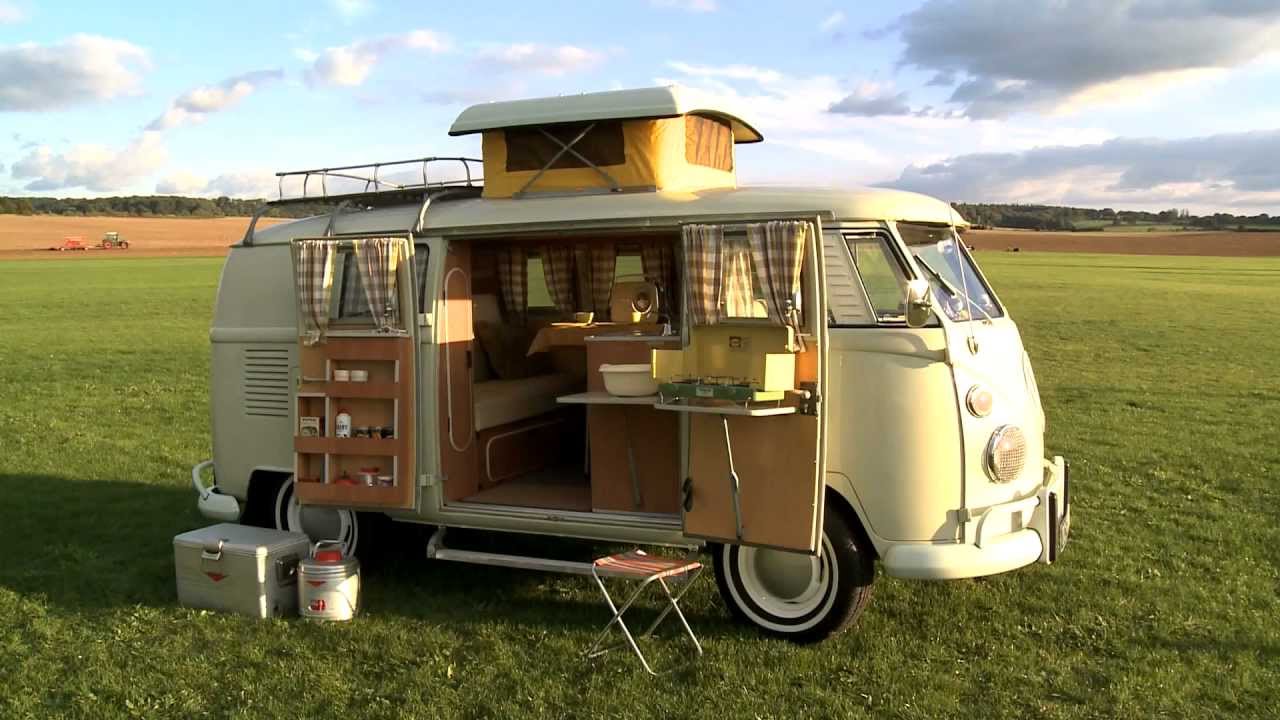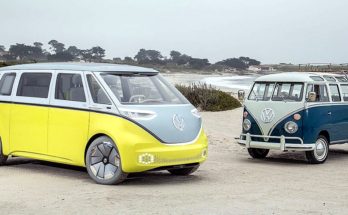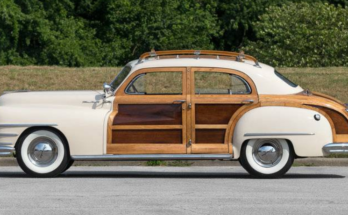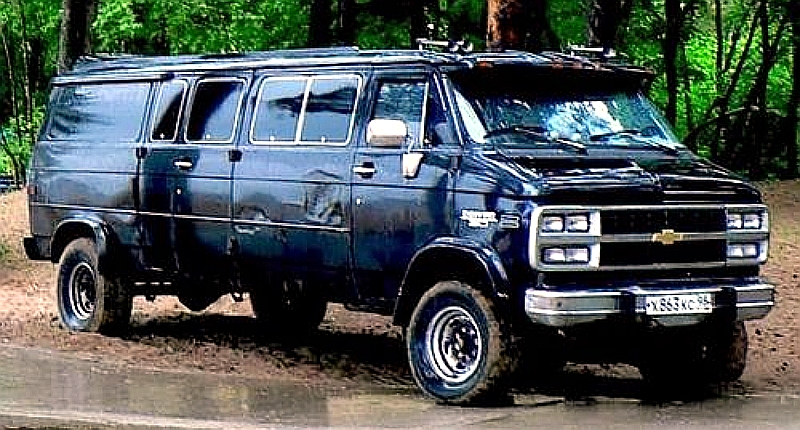Can you name another vehicle that has been embroiled in politics for over fifty years? The Volkswagen Bus, also called the “minibus”, the “hippie van”, and the “VW Bus”, has, oddly enough, been part of The Chicken War since 1964. You think I’m joking? Keep reading.
The Chicken War began in 1964, when President Lyndon B. Johnson imposed a 25% tax on various models of the Volkswagen Bus. Why? At first it appeared that France and Germany’s tariff on chicken imported from the U.S. was to blame, but it was later revealed that instead of retaliating against Europe’s tariffs, President Johnson wanted to prevent the United Auto Workers from striking. The UAW pressed the President to do something about the large amount of automobiles arriving in the United States via Germany.
The Chicken Tax came into effect shortly after, and is still, in 2017, going strong. After 1971, the market appeared to dry up and light trucks and vans were no longer imported from Germany to the U.S. If you manage to find a Volkswagen that arrived pre-1971, it most likely has all its legal documents in order and has had a tariff paid.
Of course, people still love the VW Bus, and it is known all around the world by a variety of nicknames, including Bulli (Germany), Combi (Mexico), Breadloaf (Portugal), Rye Bread (Denmark), and the Volksie Bus (South Africa). With fans on nearly every continent, the Volkswagen Bus has maintained its loyal following because of its unique look, its varied uses (tour buses in the Alps, taxis in Peru, family camper vans in the U.S. and Australia, etc.), and now, its nostalgic credentials.
When the Volkswagen first arrived on the market, it was a light commercial vehicle with an RR layout. It was available as a pick-up, van, commercial vehicle, and camper, and later ambulances, hearses, fire engines, police vans, rail-going draisines, and even ice cream vans. It was produced in Germany, Argentina, Mexico, Brazil, and Australia, competing with several American, European, and Japanese vehicles, such as the Ford Econoline, Citroen H, and the Nissan Caravan.
Though the Volkswagen Type 2 was used as a commercial vehicle, most people have seen it utilized as a family camper van, such as the Westfalia conversion, but what you may not know is that there were deluxe versions of the Type 2, such as the Sunroof Deluxe, which sports a total of 23 windows, several of which were on the roof, hence its title of “Sunroof Deluxe”. The two-tone luxury camper vehicle had two pivoting doors and was painted in a two-tone scheme. Though the original purpose was as a touring bus in the Alps, it was used in a myriad of settings in the U.S. and Europe, though its run was tragically short-lived.
The Volkswagen Bus (Type 2) was discontinued in 2013, after heightened safety regulations made it impossible for the Brazilian factories to stay open. It was truly the end of an era, but not the end of the Volkswagen Bus, which was succeeded by the T3. With many people returning to the past, reliving the glory days and indulging in nostalgia, I would not be surprised if there were a reintroduction to the design at some point in the near future.
 " >
" >


